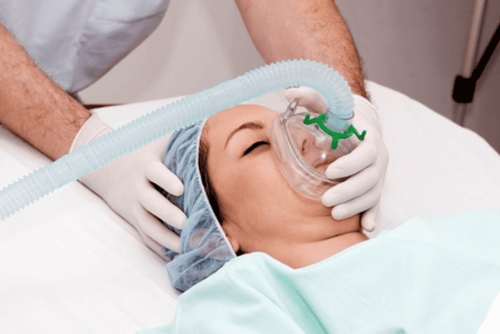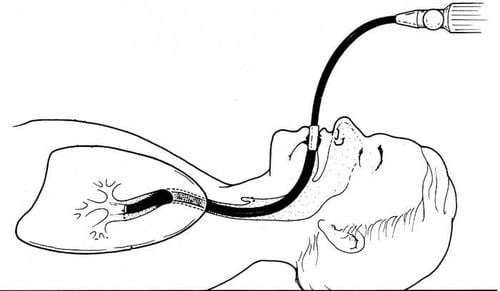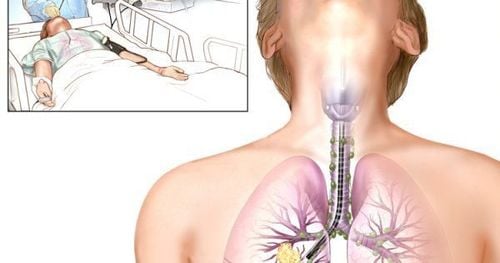This is an automatically translated article.
What is endobronchial airway stenting, what cases need to perform this technique, which cases are contraindicated, how the stenting procedure takes place, what complications can occur when Bronchoscopy for tracheal stenting or bronchial stenting will be answered in this article.
1. What is bronchoscopy for tracheal stenting or bronchial stenting?
Bronchoscopy for tracheal stenting or bronchial stenting is what technique? Placement of a stent (also known as a prop) in the trachea is a technique to support the patient's airway, an instrument such as a support for the tracheobronchial wall, to help ensure ventilation for the patient's airway as well. such as avoiding restenosis in patients with tracheobronchial stenosis due to extrinsic pressure and narrow scarring or after resection of intraluminal occluded tumors. Stent materials can be mesh metal or plastic as well as a mixture of mesh and plastic and silicon.
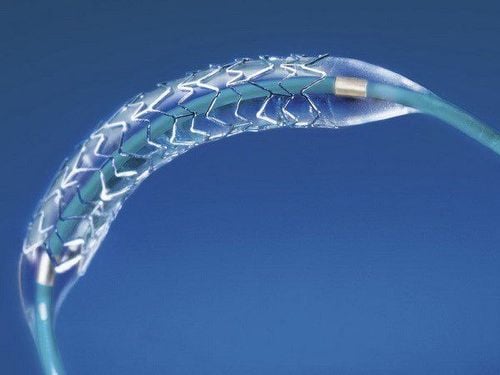
Đặt Stent là phương pháp điều trị hiệu quả, ít xâm lấn
2. In what cases is tracheal stenting and bronchial stenting indicated?
Tracheal stenting and bronchial stenting are indicated in the following cases:
Where primary or secondary benign or malignant tumors in the patient's bronchial lumen cause narrowing after removal of a section with electrocoagulation or laser that is at risk of re-stenosis. In case of scarring of tracheobronchial stenosis after tuberculosis as well as after intubation or tracheostomy in patients and in case of tracheostomy surgery, narrowing after radiation therapy. Placement of air-bronchodilator stents to support cartilage rings in cases of tracheobronchial chondromalacia. Cases of blocked tracheoesophageal - esophageal or broncho - pleural fistula
3. Contraindications to bronchoscopy for tracheobronchial stenting
Bronchoscopy for tracheostomy stenting is not performed in the following cases:
Patients with cardiovascular disorders such as aortic dissection or severe pulmonary hypertension and angina chest, myocardial infarction < 1 month as well as arrhythmia or uncontrolled hypertension. People with hemostatic disorders such as thrombocytopenia or cirrhosis of the liver and hemophilia. Cases of severe acute respiratory failure as well as uncontrolled bronchial asthma. Cases of increased intracranial pressure. Cases at risk of allergic reactions to anesthetics and anesthetics. Cases of liver failure, severe kidney failure, severe heart failure. The patient is injured from the outside.

Trường hợp bệnh nhân bị rối loạn đông máu chống chỉ định thực hiện thủ thuật
4. Procedure for performing bronchoscopy to place a tracheobronchial stent
The bronchoscopy to place the tracheobronchial stent is done according to the following procedure:
First, the doctor will check the patient's records as well as the tests, followed by the examination of the patient including name, age, pulse, temperature and blood pressure as well as a cardiopulmonary exam. Then, the doctor will perform bronchoscopy technique to place a tracheobronchial stent.
Step 1 . Threading the Stent
Carrying out the spraying of the silicone Stent as well as the conduit system and the lumen of the stent holder. Insert the stent into the stent bearing tube. The doctor will insert the stent holder into the stent network and apply pressure on both ends so that the stent slides into the stent holder. Step 2 . The patient lies on his back, is anesthetized, and then uses a flexible bronchoscope to check the extent of the injury to adjust the stenting method if necessary.
Step 3 . The doctor will place a rigid endoscope that is the right size for the patient.
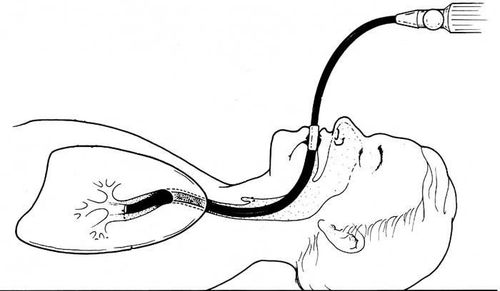
Quy trình thực hiện nội soi phế quản để đặt stent khí - phế quản
Step 4. The doctor will use the stent pusher to push the implanted stent into the distal end of the stent carrying tube.
Step 5 . The stent-carrying tube is inserted into the lumen of the bronchoscope close to the position to be placed as well as using a push rod to push the stent out of the stent-carrying tube into the place where the stent needs to be placed.
Step 6 . The doctor uses an optic to check the position of the stent, in case it needs to be adjusted, he will use hard pliers to adjust the stent to the correct position. In addition, the doctor also used a suction catheter to clean up the accumulation of fluid in the stent as well as in the endoscope lumen.
Step 7 . The doctor will check again with a flexible endoscope, in case the stent is in the correct position and there is no bleeding, the doctor will remove the rigid bronchoscope, and at the same time let the patient lie down at the operating table for 15 minutes to monitor for possible complications. Bad things can happen.
5. Possible complications during endoscopy for tracheal stenting and bronchial stenting
Complications that can happen to patients right after placing tracheal stents or bronchial stents can also happen late, specifically as follows:
5.1. Complications immediately after stent placement may be encountered:
Patient has perforated trachea causing pneumothorax and mediastinum. In this case, the doctor will open the pleural cavity to drain the air and perform an endoscopy as well as replace the stent. Displacement of the stent in the patient's tracheobronchial lumen, in this case, it is necessary to re-endoscopic and use pliers to correct. The patient is bleeding. In this situation, the need for medical hemostasis or another stent replacement is more appropriate according to the extent. The patient may have atelectasis due to the stent being too long or displaced to the wrong position. This case requires endoscopic as well as using pliers to adjust or replace another stent for the patient. Patients with acute respiratory failure need oxygen
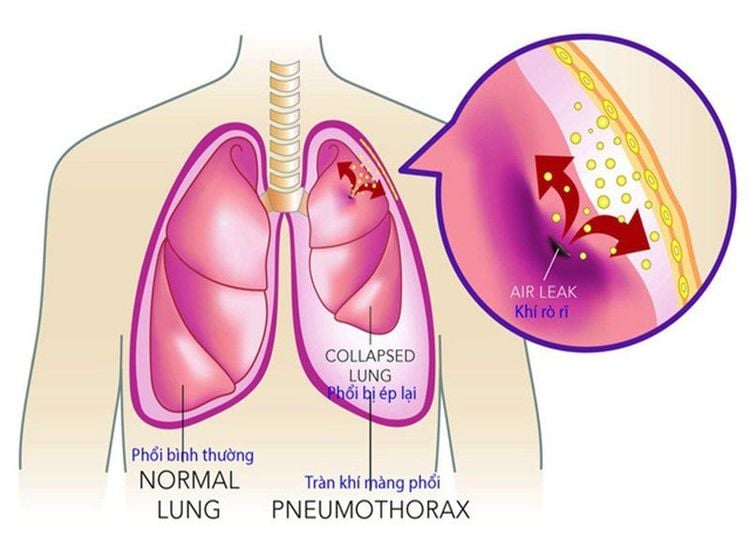
Tràn khí màng phổi là một có thể gặp phải sau khi đặt stent
5.2. Late complications that patients may encounter during bronchoscopy for stenting include:
The two ends of the stent are warped or the stent is broken or broken. In this case, endoscopy and stent removal are required. Patients with recurrent cancer t. The stent is obstructed by sputum and secretions. In this case, it is necessary to endoscopy with a flexible tube to aspirate sputum and secretions. Moving the stent causes coughing and difficulty breathing for the patient. Patients with sepsis should be treated with antibiotics. At Vinmec International General Hospital, flexible bronchoscopy technique is performed on modern machinery and equipment, this technique does not make patients uncomfortable during endoscopy: Choking, feeling of asphyxia ... Before the procedure, the patient will be anesthetized and carefully controlled the airway to ensure safety and minimize irritation or discomfort for the patient, then the doctor will perform endoscopic techniques, remove foreign bodies and then check and control to make sure there are no complications for the patient.
For consultation and registration for bronchoscopy, anesthesia with anesthesia at Vinmec International General Hospital, you can contact HERE.




